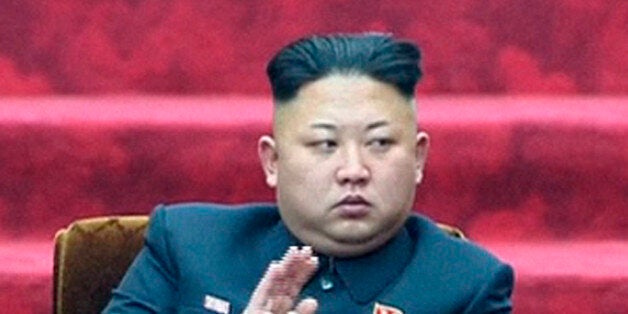
WASHINGTON (AP) — For the first time in nearly six years North Korea may be restarting a plant that can reprocess nuclear fuel into weapons-grade plutonium, a U.S. research institute said Wednesday.
The finding is based on analysis of recent commercial satellite imagery at the North's main Nyongbyon nuclear facility.
The plant is used to reprocess spent fuel from a 5 megawatt reactor that has produced plutonium used for past nuclear test explosions. Last year, to international alarm, North Korea restarted the reactor that had been shuttered under a 2007 disarmament agreement.
The U.S.-Korea Institute at Johns Hopkins School of Advanced International Studies says the reactor appears to have been shut down for about 10 weeks, longer than normal maintenance would require. It is unclear why but the institute's best guess is that the North is replacing a small number of spent fuel rods, which may have been defective, and is about to start reprocessing them. That involves separating plutonium from waste products.
Steam coming from buildings associated with the reprocessing plant suggests it is preparing to commence operations, according to the analysis by Nick Hansen, a satellite imagery specialist who closely monitors developments in the North's weapons programs.
There are also signs of chemical waste outside a fuel fabrication facility, suggesting new fuel rods are being produced to replace the spent ones, he writes.
Joel Wit, a former State Department official who edits the institute's website, 38 North, which published the findings, said the reprocessing plant last operated in 2009. He said the amount of plutonium that would be harvested from a few spent rods would be small but this could be a harbinger of a bigger reprocessing effort when more fuel rods inside the reactor are spent.
"This may be a sign of things to come, perhaps a year from now, when the North Koreans unload all of the fuel from their reactor and produce a few additional bombs worth of plutonium," he said.
A Congressional Research Service paper in April 2013 said North Korea is estimated to have enough separated plutonium for at least a half-dozen nuclear weapons. The reactor can produce about one bomb's worth of plutonium per year, it said.
North Korea also has a uranium enrichment facility at Nyongbyon, likely giving it a second method to produce fissile material for bombs.
The North has conducted three underground nuclear tests, the latest in February 2013.
A North Korean envoy on Tuesday threatened further nuclear tests in response to moves at the U.N. for the country's harsh human rights situation to be referred to the International Criminal Court.
